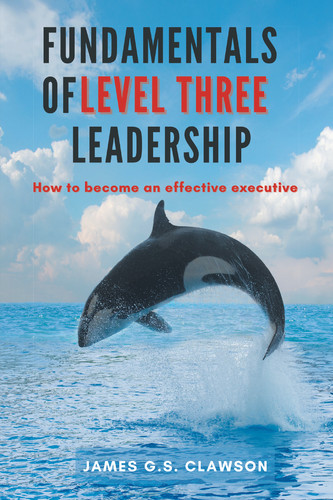122. Mike Beer’s Model of Change
Concept
Mike Beer was a senior executive at Corning Glass who then joined the faculty of the Harvard Business School where I became acquainted with him. Mike had a wonderful balance/mixture of theoretical education and practical experience.13 And he is a warm, generous human being.
Mike developed a theory of change that he summarized in an equation, something which engineers might find attractive. Mike’s equation was:
Cp = (D x M x P ) > C
where Cp was the probability of change happening, D was dissatisfaction with the status quo, M was the clarity of a model and vision of the future and where we want to go and P was a process for managing the change. The C represented the cost of making the change. You can see the influence of Lewin’s Force Field Analysis14 in that dissatisfaction, vision, and process are pushing for change while the cost of the change is a force pushing against. I think we all stand on the shoulders of those who went before. (Of course, that’s the premise of every research study, which begins with a thorough literature review.)
Beer surmised that the relationship among the positive forces was multiplicative; if any of them went to zero, the whole of them went to zero and therefore so did the probability of making a change. The relationship between the positive and negative forces was consistent with force field logic—the stronger force will win.
Measuring the elements of Beer’s model was not always that easy, however, being able to conceptualize them was an important starting point. How does one measure dissatisfaction in an organization? (Yes, surveys. And?) How does dissatisfaction among senior managers relate to that among lower level employees? How does one measure the clarity of a future vision/goal? (Aha, my answer would be a charter!) And what is a clear model for managing change? Hmmm. Can you put it on paper? (See the earlier chapter on Introduction to the Change Module.) How does one measure resistance to change? The costs of making the change? What are the values of discarded VABEs?
Senior management wants to reorganize with more emphasis on centers of competence distributed across its geographic footprint. The site managers in the system resist sharing their resources. The e-mails and phone numbers of the site managers are not readily available online. Employees feel loyalty to their location and its historical expertise and product line. Customers begin to experience confusion about whom to call for problem solving. The center leaders are focused on building their expertise but without a specific program budget. Investors including primarily the parent company want short-term profits and more efficiency in product/cost ratios.
Diagram

Source: from Leading Change, Michael Beer, HCS
Challenge
1. Use Beer’s equation to assess the last change you or your company made. How, if at all, did this explain what happened?
2. How could you use Beer’s model to plan the next change for you or your company?
13 https://hbs.edu/faculty/Pages/profile.aspx?facId=6421
14 https://en.wikipedia.org/wiki/Force-field_analysis
